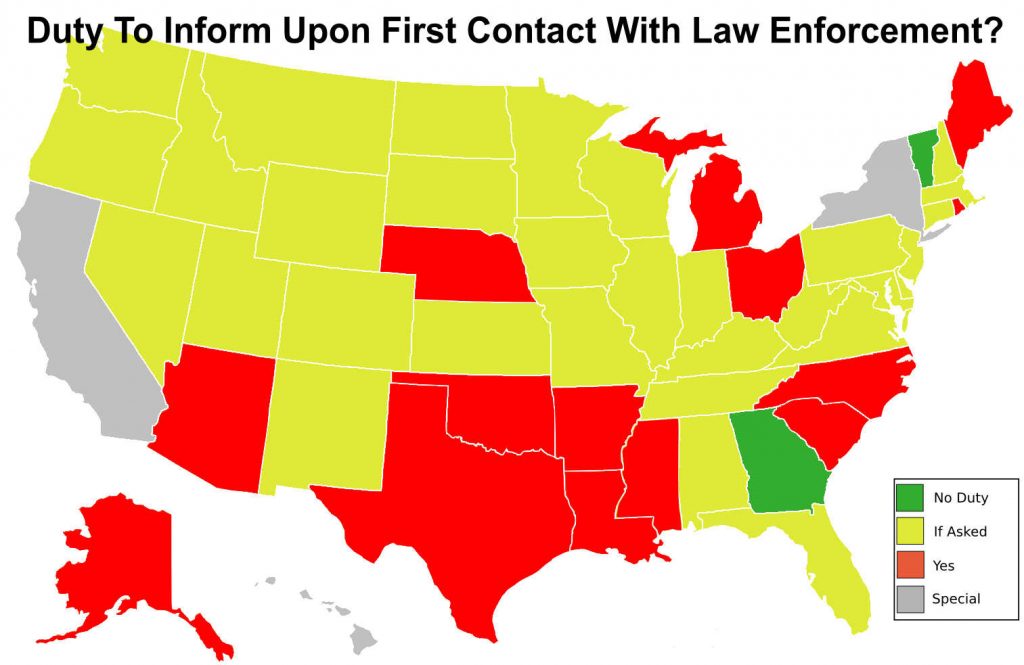
The most common latent defects we see in our practice involve mold and wood rot behind walls that results from long-term water intrusion. A defect that cannot readily be seen during a normal inspection is considered “latent.” Only those issues known as “latent defects” must be disclosed. The seller is not obligated to disclose any defects that are obvious, such as a broken window or a hole in a wall. However, a buyer still has to use their common sense and make a reasonable attempt to inspect the property. Problems with the title to the home or property.


Issues with the heating or air condition system Ĭracks in the foundation or other instabilities ĭisputes about a property’s boundaries and Some examples of issues that could materially affect the value of a property can include:Įnvironmental hazards such as asbestos, lead, and mold This means that they have to tell a buyer about any issue that would reduce the value of the property or make the property less desirable. This requirement applies even if the buyer does not ask whether the seller knows about defects.Ī seller must disclose any facts or conditions they know about that materially affect the value of the property. Times have changed and “buyer beware” no longer applies to the sale of residential real estate.įlorida law requires sellers to disclose any issues they know about that materially affect the value of a home or property. Many years ago real estate in Florida was like the Wild West and sellers were able to unload houses that had major construction defects to unsuspecting buyers with limited exposure.


 0 kommentar(er)
0 kommentar(er)
